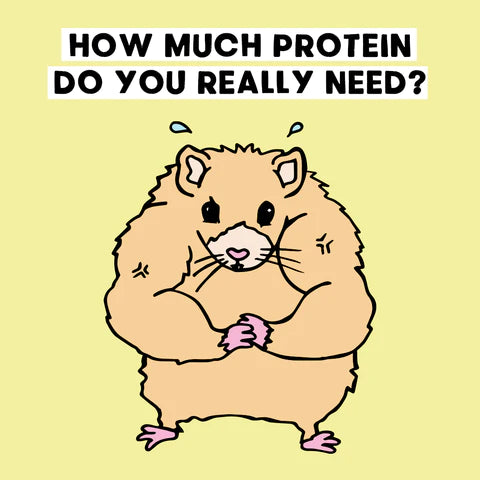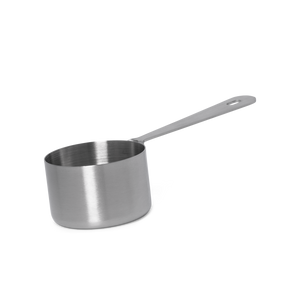
The OMAD diet is quite different from other diets out there, it stands for "One Meal a Day," which basically means you fast for 23 hours and then eat one large meal in an hour. It's supposed to help with, among other things, weight loss.
Let’s get straight to the point: there is insufficient evidence to support the claim that eating OMAD helps you lose weight. So don’t worry, you can keep eating several meals a day. Could you feel your stomach sighing with relief just now?
The OMAD diet is difficult to stick to because it causes your body to produce more ghrelin, a hormone that makes you feel hungry. Coincidentally, “ghrelin” is the exact sound your stomach makes when hungry.
The dropout rate of the OMAD diet is about 65%.
When you follow the OMAD diet, your body will think there aren't enough resources because of the severe calorie restriction, sending it into "saving energy" mode. Which means you’re not burning fat, you’re saving energy.
If you’re interested in lowering your BMI, reducing calories from your regular meals is more effective. With Plenny meals being exactly 400 kcal per meal, you can track those darn calories easily.





















 Product added to cart
Product added to cart













